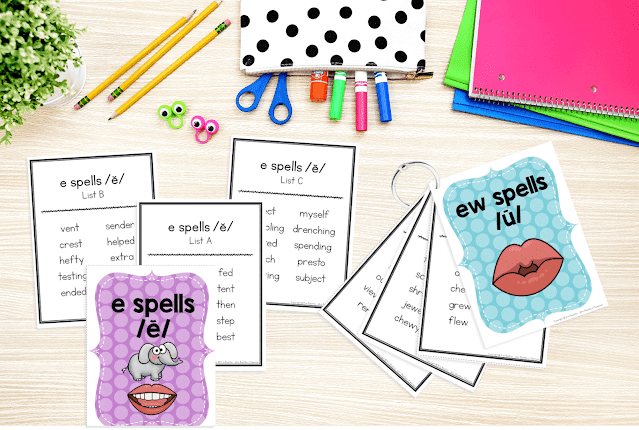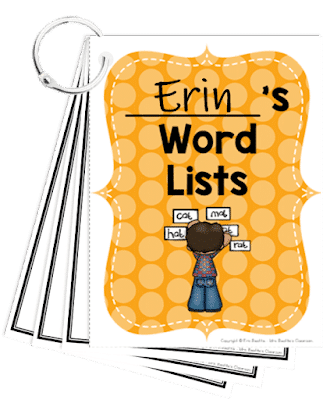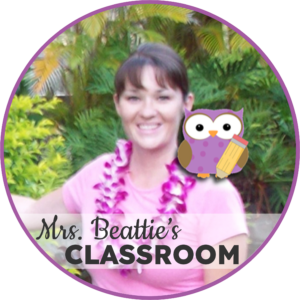We all have students who struggle and require differentiated activities to access grade-level concepts, but how many of you put the same attention into differentiating for your stronger students? While often forgotten because they do well no matter what the activity, these students deserve the richest learning opportunities we can give them. Today, I have suggestions for differentiating your classwork to reach these high achievers easily!

Extend the Activity
Challenging your stronger students can be as simple as changing the numbers in a mathematics problem or the word list in language arts. I’ve been teaching my students about place value in mathematics and finding that a couple of my students were completing classroom activities quickly and accurately. The natural next step for them was to work with larger numbers, so I gave them the same task as the other students only using larger numbers.
Expect More
When teaching fifth grade, I often have parents of my stronger students ask for “harder work.” They don’t understand that a child experiencing success doesn’t need to be using the 7th-grade textbook; he or she still needs to be accessing grade-level content. My explanation to parents is that their children needed to extend their responses. I expect more detail, more support, and more description. The paragraphs and reports they write may be on the same topic as their peers, but the structure of the final product is different.
When teaching primary grades, my differentiation looks a little different. My students have vastly different abilities. During Daily 5 word work activities, all of my students work with a list of words that is “just right” for them. I expect my students to use more of these words in their daily writing rather than always relying on the simple vocabulary they’re most comfortable with.
Let Them Teach!
I know what some of you are thinking, but I’m serious! The best way to truly learn and retain information is to teach it to someone else. Children LOVE having the opportunity to take on the role of the teacher, so take advantage of that!

Inquiry Is Where It’s At!
Using an inquiry model to teach curriculum expectations is the perfect way to engage your stronger students. Give them the option of having their curiosity and wonderings guide the learning and see where it takes them! Nothing is more rewarding for a teacher than seeing students truly invested in a learning activity. It is awesome to have a 2nd-grade student go home and research a country after seeing a great photo in our lesson!
Open It Up
Providing your high achievers with open-ended prompts and activities is another great way to differentiate. Problems with only one solution are restrictive and do not always challenge the children the way open problems can. Your high-achieving students can still work on the same concepts as the rest of the class, but their questions can be more difficult.
Multiple Intelligences
Locate a self-evaluation activity to help your high achievers identify their learning style and capitalize on this! Provide activities and choices based on the student’s learning style.

Teach A Love Of Learning
Some students live, from a young age, to please the adults around them. Whether parent or teacher, the child does what these adults expect of them and more. I’ve seen children put incredible stress on themselves over tests and grades, wanting desperately to please me and their parents. Children need to be taught to push themselves for the satisfaction of learning, NOT the satisfaction of an A on the report card. High achievers don’t always make the leap to being creative thinkers without the support of teachers and families willing to encourage them to take risks. High achievers need a supportive environment where they feel safe to take risks in their learning, and we have the power to provide them with this!
Make Meetings A Priority
Just like your struggling students, your high achievers need and deserve your time in a small group situation. This can be the perfect way to differentiate learning tasks, and small-group meetings can give you much information about how these students are progressing. Some of my favorite time in the classroom is spent in one-on-one or small-group conferences. For this reason, I started using The Daily 5 in my language block and Guided Math in my mathematics block. These program structures give me the flexibility I need to reach all of the students in my class – modifying activities to suit the needs of my struggling learners and high achievers!
I hope you’ve found a little inspiration in this post! Please be sure to pin the image below to share with friends and colleagues, and don’t hesitate to leave a comment with some of your favorite ways to differentiate learning in the classroom!








